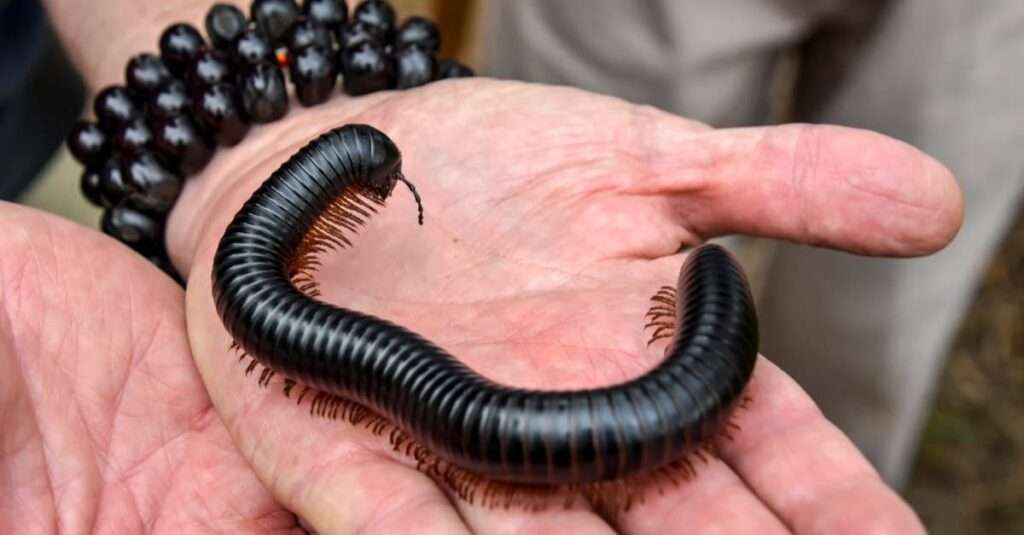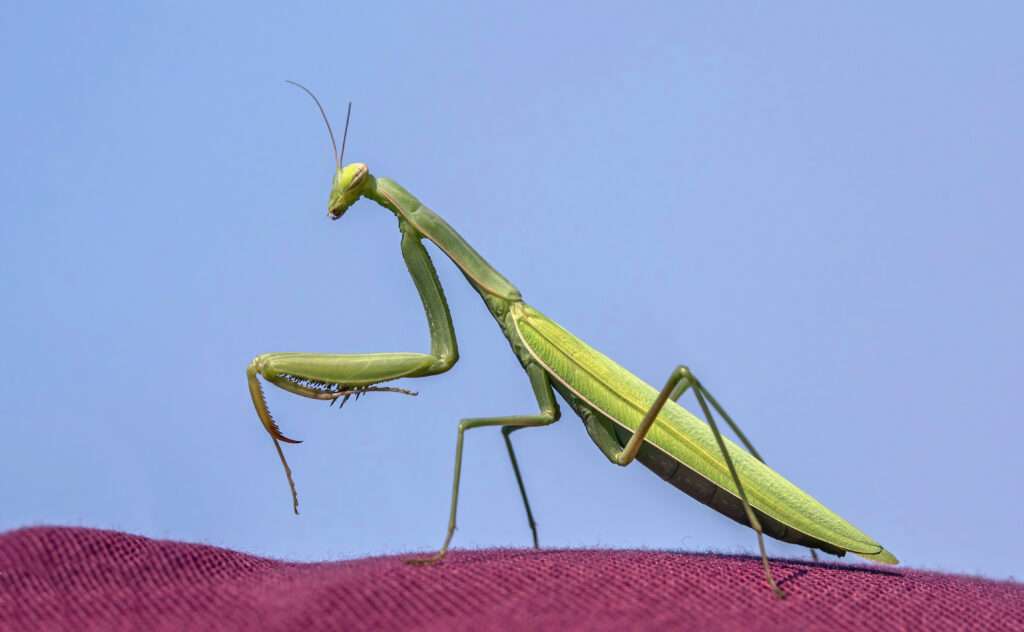
Mayflies are aquatic insects that are members of the Ephemeroptera order. They are also known as shadflies or fishflies in Canada and the upper Midwestern United States. This order is a member of the Palaeoptera, a phylum of extinct insects that includes dragonflies and damselflies. There are approximately 3,000 species of mayflies that have been classified into over 400 genera and 42 families.
Long tails and wings that do not fold flat over the abdomen are examples of ancestral characteristics found in mayflies that were likely present in the ancestors of all flying insects. “Naiads” or “nymphs” are fresh water aquatic forms (immature stages), and their presence implies highly oxygenated, a clear and unpolluted aquatic habitat. They stand out from other insect orders in that they have a fully winged terrestrial pre-adult stage called a subimago that molts into a fully grown adult called an imago.
Morphology
The mouth is located in the front of the head, which has a hard sclerotin outer covering and often has a variety of hard ridges and projections. Three ocelli (simple eyes), two sizable compound eyes, and a pair of variable-length antennae are located between or in front of the eyes. The mouthparts are made up of a flap-like labrum, two powerful mandibles, two maxillae, a membrane hypopharynx, and a labium that are all used for chewing.
The thorax is made up of three segments, the last two of which, the mesothorax and metathorax, are joined together. Each segment has two legs that typically end in a single claw. Strong legs are frequently covered in bristles, fur, or spines. The mesothorax is where wing pads grow, while in some species, the metathorax is where hindwing pads grow.
The ten segments of the abdomen may be partially hidden by the huge operculate gills, the thoracic shield (an enlarged portion of the prothorax), or the growing wing pads. Up to seven pairs of gills can be found in most taxa. The abdomen ends in two cerci, which may or may not have a third central caudal filament, which are thin thread-like projections.

Habitat
In pristine freshwater settings, mayflies are found all across the planet, with the exception of Antarctica. On oceanic islands, they typically don’t exist or are only represented by one or two species that have spread out from the nearby mainland. Wind can spread female mayflies, and eggs can be transmitted by adhering to waterbirds’ legs.
Feeding
Mayfly are detritivores or herbivores. Mayfly larvae typically consume algae and other detritus as their primary sources of food. They may graze as they pass through plants and stones to gather nourishment. Some species can consume minute food particles in the water thanks to specific filter feeding capabilities. Some larger animals have the potential to be predatory and carnivorous. Mayflies often don’t have preferences; they consume anything they can when they can.
Life Cycle
Since mayflies lack a pupal stage, their transformation is incomplete. This entails transitioning through the three life phases of egg, nymph, and adult.
Eggs
After mating, the female mayfly releases a few eggs with each dip of her abdomen into the water as she lays her eggs. The eggs can also be placed on the water’s surface of lakes and streams, where they will sink and disperse among aquatic plants and debris.
Nymphs
Nymph mayfly larvae appear soon after the eggs are placed. Little resemblance exists between the fresh hatchlings and the adults they will become because they are less than 1 mm long and lack gills. The mayfly nymphs can reach a maximum length of 3 cm throughout their existence and go through numerous developmental phases (called instars). The number of instars (stages of development) varies depending on the species, although the majority have between 15 and 25. The nymphs reside in the water, near the substrate in freshwater areas where they can find cover. Nymphs grow gills as they age, and in the latter stages before adulthood, certain clues of their gender can be seen. The kind of mayfly, the temperature of the water, and the location all affect how long the nymph stage lasts. By emptying its guts and filling its middle with air while rising to the top of the water at the same time, the nymph loses its outer layer, a process known as “molting.” As it ascends, the top layer cracks open, revealing the wings. The subimago undergoes a very vulnerable period in which it is soft and unable to fly, but after gaining some strength, it soars from the water’s surface to a more protected location, such as a tree or among tall grass. It remains hidden and slumbers until its last molt, which takes place between 24 to 48 hours and results in the mayfly’s imago stage, which is its mature form.
Adults
- It might take anywhere from a few months to a year for development to reach the adult stage.
- Mayflies have two adult phases; both have wings, have a brief lifespan, and do not feed.
- These stages are separated by a sexually immature period known as the “subimago,” during which the wings are coated in microscopic hairs.
- The “imago” is the second metamorphosis. Due of its longer legs and tail than the subimago, it can fly more quickly, has clear, shining wings, and is sexually mature. This life stage only lasts a few hours to a few days at most.
- Due to the fragility of their wings, imagos require calm weather for mating.
Species Number
In the US, there are more than 600 species of mayflies, and there are 3,000 species worldwide.
- Stenonema femoratum
- Cloeon dipterum
- Palingenia longicauda
- Ephemera Danica
Table





